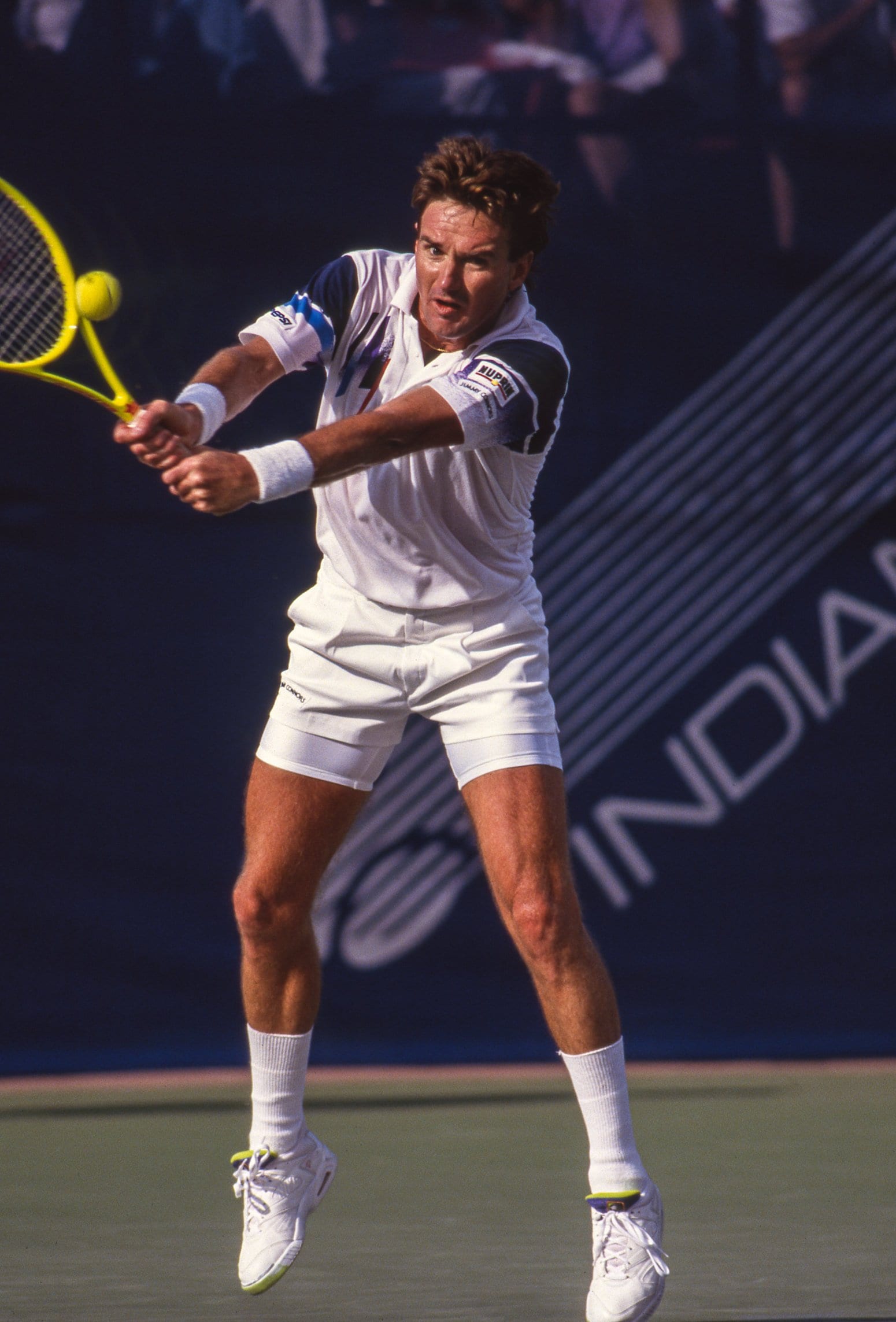For those that want to see the last frames before impact.
Gerald Patterson Serve, 1919. Serve at 5 sec.
In this post - arrange any 5 frames in sequence on Youtube.
Do the bottom 'impact' video first.
Set to 4 frames before impact.
Set to 3 frames before impact.
Set to 2 frames before impact.
Set to 1 frame before impact.
1st Set to frame closest to impact.
To single frame on Youtube, stop video, use the
period & comma keys. Sometimes Youtubes skip a frame when the period key is pressed. Mine didn't. You can see the video better if you go full screen. (use "esc key" to come back down) The ball is round the last frame before impact dropping and a blur streak on the next frame after impact.
After the videos are open, always select the video by placing cursor on it and using
alt key + left mouse click, otherwise the video starts playing.
OP, you can do this on the forum. To do this, post your Youtube video on the forum 5 times, one above the other. (forum limit 5 videos) Pick any five frames in the video for comparison.
You would also enjoy Kinovea. It's free, open source and has many capabilities for video analysis.
While this video shows
Internal Shoulder Rotation (ISR) in 1919, ISR for the serve was not confirmed for tennis until 1995! Elliott, Marshall and Noffal. It can be seen in videos at least back to 1919. The 1919 serve videos made use of high speed filming and a fast shutter, possibly a rare camera in 1919, but it existed by 1919. What happened for the next 70+ years in researching tennis strokes? Where are the Conners' serve videos? This is a very interesting story. I hope that someone - that lived through it first hand - will tell their story. Perhaps write a book?
SEARCHFRAMESEQUENCE

